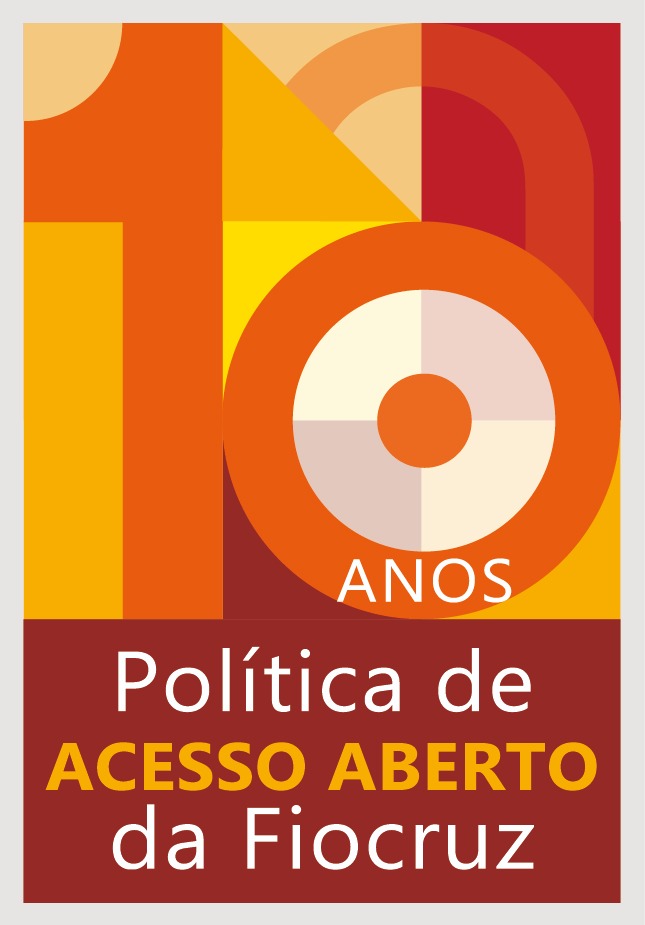Published in the Journal of the American Medical Association (Jamma) Network, a study by the Centre for Data and Knowledge Integration for Health (CIDACS/Fiocruz Bahia) quantified the risk of death in more vulnerable women and pointed to a general rate of protection for maternal death of 18% in women beneficiaries of the Bolsa Família Program (PBF). Fruit of the doctoral thesis by epidemiologist Flávia Jôse Alves, associated with Cidacs/Fiocruz Bahia and researcher at Harvard Medical School, the research indicates that the social program plays a crucial role in maternal and child health.
In 1990, for every 100,000 live births, 120 mothers died. In 2013, this number was already down to 69 deaths, according to a report by the World Health Organization (WHO). In 2019, that number reached 57, receding to 107 in 2022. By crossing data from the National System of Live Births (Sinasc) with the Mortality Information System (SIM), the research observes that 7,912,067 million women gave birth between 2004 and 2015, of which 4,056 died. Associated with other statistical strategies, this intersection (called similarity linkage) reveals that the longer the program has been received, the greater the protection, generating a protection rate of up to 31% when the benefit was given for a period greater than or equal to nine years before pregnancy.
This analysis of the coverage time and the impact on health shows that women who, up to the day of delivery, had been receiving Bolsa Família between one and four years had a protection rate of 15% against maternal death, whereas those covered between five and eight years had a protection factor of 30%. Thus showing that receiving the PBF works to build better living conditions for women, increasing their chances of survival.
Child mortality and maternal death are indicators of socioeconomic factors, explains researcher Flávia Alves. Although Brazil has achieved the goals of reducing child mortality, and reducing the mortality of women in these conditions, there is still a long way to go. “There are situations where the risk is similar to countries in conditions of greater poverty than Brazil. This says a lot about how women are treated”, comments the researcher, a doctor in Public Health at the Institute of Collective Health of the Federal University of Bahia (ISC/UFBA).
Maternal death is the one that occurs during pregnancy or up to 42 days postpartum. The analysis observes women who live in conditions of similar income, education, ethnicity, locality, and it shows that the social program directly affects the outcomes, reducing the risks for the women beneficiary. In addition to the individual analysis, the research reveals greater protection for women when the municipality has a high coverage rate, that is, when public agencies manage to register a number close to the estimated population that would be entitled to the benefit in the locality.
In the research, the study compares a group of women who have undergone more or less than four prenatal consultations. "What we do know is that the main causes of death are associated with morbidities such as hypertension and gestational diabetes, factors that can be properly controlled with adequate intervention during pregnancy. Bolsa Família provides the conditions for women to undergo exact consultations, making them more exposed to the care offered in health services", points out the researcher.
Bolsa Família is a conditional benefit program that requires women to undergo a minimum number of prenatal consultations. It also requires that children have a stipulated school attendance and be followed up by health services. It is also necessary that these children obey the vaccination schedule. The study observed women who received the conditional benefit throughout their pregnancy and whose children were born alive.
Increase in the pandemic
The fight to reduce mortality suffered sudden losses in the pandemic years. If in 2019 the rates were above the recommended by international health bodies and there were 57 deaths per 100,000 live births, four times more than the average of developed countries (12/100,000), the most recent context was not favorable for women. In 2020, the number of maternal deaths reached 71 for every 100,000, and 107 in 2021, bringing the country closer to the reality of 30 years ago. The data show that, although Brazil has made progress in the fight against maternal death, with the implementation of social policies and improvement of living conditions, the country still finds the reduction of maternal mortality an unachieved goal. “This says a lot about how women are treated, because we have made a lot of progress in combating child mortality, but when we look at women, we still have these results”, comments the researcher Flávia Jôse.
![]()
![]()
![]() O conteúdo deste portal pode ser utilizado para todos os fins não comerciais, respeitados e reservados os direitos morais dos autores.
O conteúdo deste portal pode ser utilizado para todos os fins não comerciais, respeitados e reservados os direitos morais dos autores.



